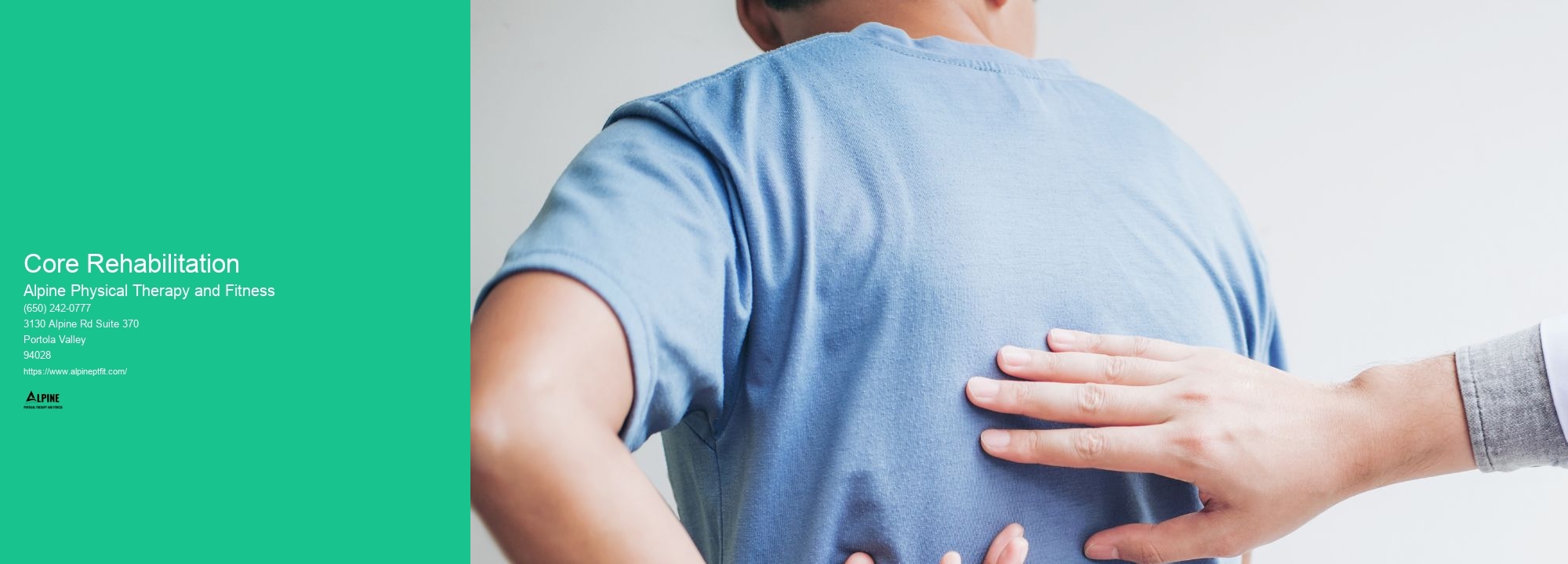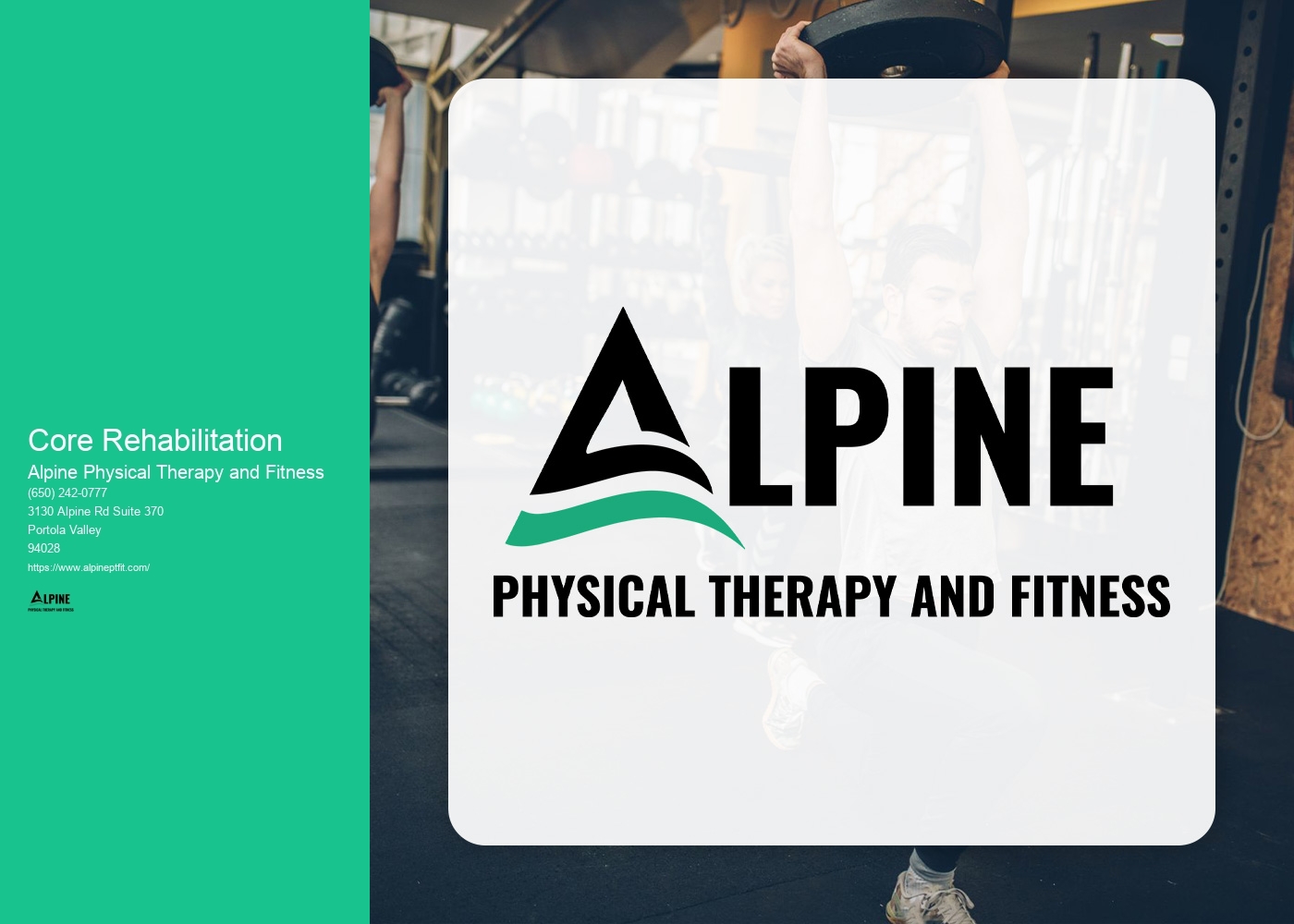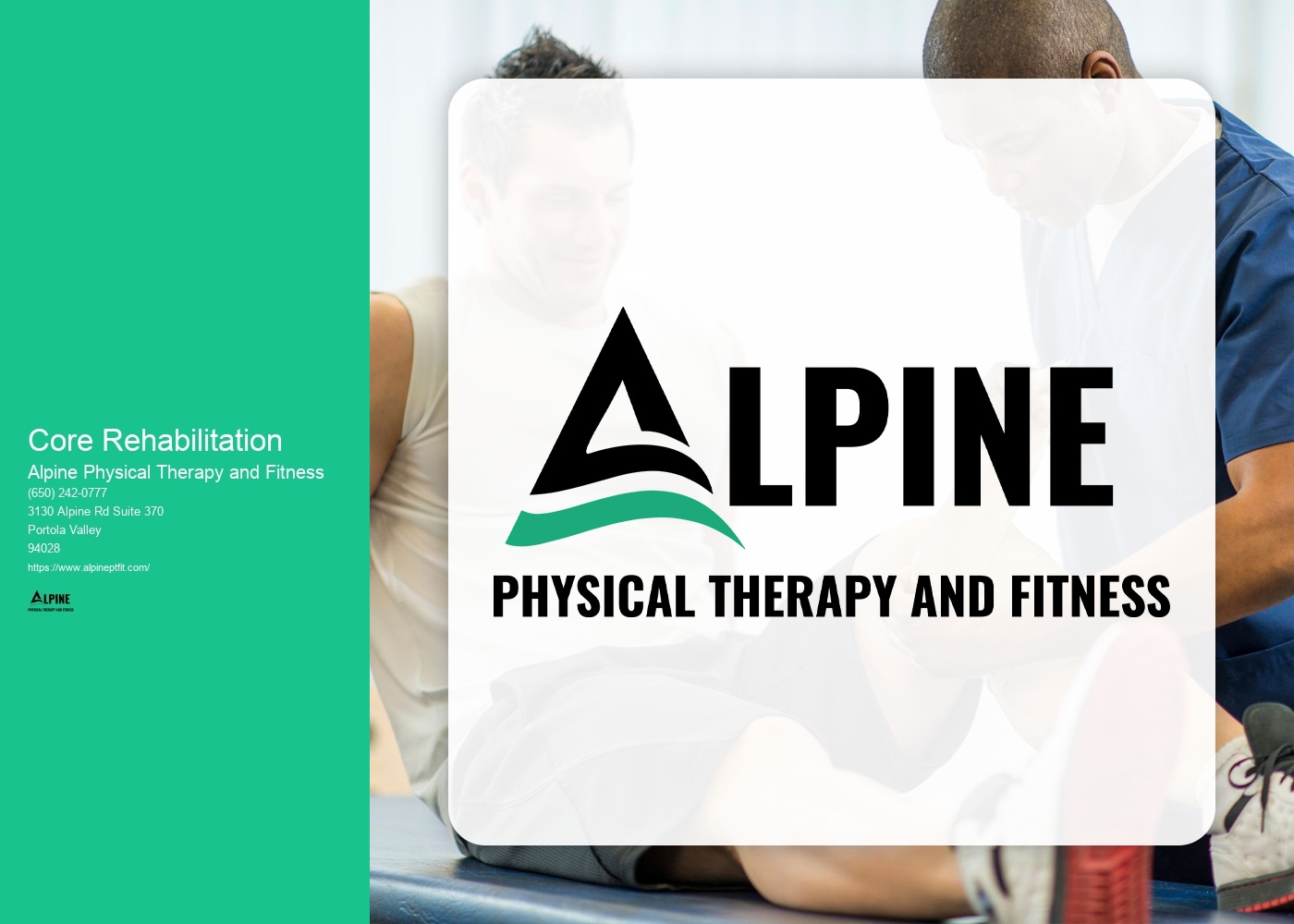

Core rehabilitation is a specialized form of rehabilitation that focuses on strengthening and stabilizing the muscles in the core region of the body. Unlike other forms of rehabilitation that may target specific muscles or joints, core rehabilitation aims to improve overall core strength and stability, which can have a positive impact on the body's overall function and movement. By targeting the core muscles, including the abdominals, back muscles, and pelvic floor, core rehabilitation can help improve posture, balance, and overall body mechanics.
Common conditions or injuries that can benefit from core rehabilitation include low back pain, pelvic floor dysfunction, diastasis recti (separation of the abdominal muscles), and post-surgical rehabilitation for the spine or abdomen. Core rehabilitation can also be beneficial for athletes looking to improve their performance and prevent injuries, as well as individuals with poor posture or balance issues.
The time it takes to see results from core rehabilitation can vary depending on the individual and the severity of their condition or injury. In general, consistent and dedicated participation in a core rehabilitation program can lead to noticeable improvements within a few weeks to a few months. However, it is important to note that individual results may vary, and it is essential to work with a qualified healthcare professional or physical therapist to develop a personalized core rehabilitation plan.

Core rehabilitation utilizes a variety of exercises and techniques to target and strengthen the core muscles. These may include exercises such as planks, bridges, pelvic tilts, and deep abdominal muscle activation exercises. Additionally, techniques such as breathing exercises, postural retraining, and functional movement training may be incorporated into a core rehabilitation program. The specific exercises and techniques used will depend on the individual's needs and goals, as well as their healthcare professional's recommendations.
Yes, core rehabilitation can help with back pain and posture issues. By strengthening the core muscles, core rehabilitation can provide support to the spine and improve spinal alignment, which can help alleviate back pain and improve posture. Additionally, core rehabilitation can help improve overall body mechanics, which can reduce the strain on the back and promote better posture during daily activities.

Core rehabilitation is suitable for individuals of all age groups. Whether you are a young athlete looking to improve performance, an adult with back pain or posture issues, or a senior seeking to maintain mobility and balance, core rehabilitation can be beneficial. However, it is important to work with a qualified healthcare professional or physical therapist to ensure that the exercises and techniques are appropriate for your specific needs and abilities.
When performed correctly and under the guidance of a qualified healthcare professional or physical therapist, core rehabilitation is generally safe and does not have any significant risks or side effects. However, it is important to listen to your body and avoid pushing yourself too hard, as overexertion or improper form during exercises can lead to muscle strain or injury. It is also important to progress gradually and follow the recommendations of your healthcare professional to ensure a safe and effective core rehabilitation program.

The goals of physical therapy in improving lung function after lung surgery are to enhance respiratory muscle strength, increase lung capacity, improve oxygenation, promote effective coughing and deep breathing, and enhance overall physical endurance. Physical therapists utilize various techniques such as breathing exercises, chest physiotherapy, and aerobic conditioning to achieve these goals. By targeting specific muscles involved in respiration and implementing exercises that promote deep breathing and effective coughing, physical therapy can help patients regain optimal lung function and improve their overall quality of life.
The most common physical therapy interventions for treating tennis elbow include a combination of exercises, manual therapy techniques, and modalities. Exercises often focus on strengthening the muscles of the forearm and improving flexibility. These may include wrist curls, forearm pronation and supination exercises, and eccentric exercises. Manual therapy techniques such as soft tissue mobilization and joint mobilization can help reduce pain and improve range of motion. Modalities such as ultrasound, electrical stimulation, and ice or heat therapy may also be used to reduce inflammation and promote healing. Additionally, education on proper ergonomics and activity modification may be provided to prevent further injury and promote long-term recovery.
Physical therapy plays a crucial role in the management of temporomandibular joint (TMJ) disorders by providing targeted interventions to alleviate pain, improve jaw function, and enhance overall quality of life. Through a comprehensive assessment, a physical therapist can identify the specific impairments and functional limitations associated with TMJ disorders, such as limited jaw mobility, muscle imbalances, and joint inflammation. Based on this evaluation, a personalized treatment plan is developed, which may include a combination of manual therapy techniques, therapeutic exercises, and modalities. Manual therapy techniques, such as joint mobilizations and soft tissue mobilizations, aim to restore normal joint mechanics and reduce muscle tension. Therapeutic exercises focus on strengthening the muscles around the jaw, improving jaw stability, and promoting proper alignment. Additionally, modalities like heat or cold therapy, ultrasound, and electrical stimulation may be used to reduce pain and inflammation. By addressing the underlying causes of TMJ disorders and promoting optimal jaw function, physical therapy helps individuals regain pain-free jaw movement, improve chewing and speaking abilities, and ultimately enhance their overall well-being.
Patients with bursitis are recommended to engage in a variety of exercises that can help alleviate symptoms and promote healing. Low-impact exercises such as swimming, cycling, and walking are often suggested as they minimize stress on the affected joints. Strengthening exercises that target the muscles surrounding the affected area, such as leg lifts, squats, and lunges, can also be beneficial. Additionally, stretching exercises that focus on improving flexibility and range of motion, such as yoga or Pilates, may help reduce pain and inflammation. It is important for patients to consult with a healthcare professional or physical therapist to determine the most appropriate exercises for their specific condition and to ensure proper form and technique.